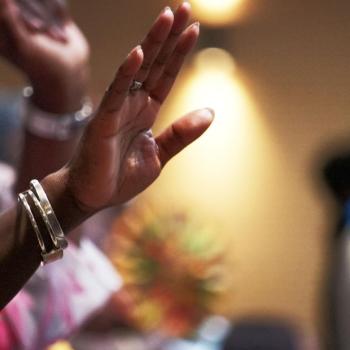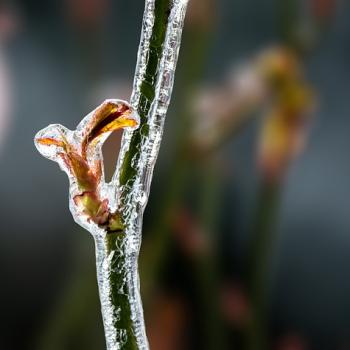Years ago I traveled to Italy for a conference on sustainability in the liberal arts. Two undergraduate students went with me, and I asked them to look for animals in the churches. Their initial response was one of confusion and skepticism; actually they thought I was either living in a fairy tale or teasing them. These students were sure that they would not find any animals in the churches. However, several days later they returned with eyes bulging. Animals were everywhere in the artwork and the stories of these medieval monuments to God and to faith. Dogs appear in images of the Last Supper, ravens are shown whispering in the ears of saints, bees adorn the tops of pillars, a big ox kneels before the relics of a saint, and real pigeons ask for bread in the piazzas in front of the churches.
As will hopefully become evident in the chapters that follow, animals have been subjects, participants, and companions in the history of Christianity. The canonical Scriptures (the Bible), the extracanonical early texts (apocryphal gospels, stories of martyrs), the lives of saints in the Middle Ages (hagiographies), and the ritual lives of normal people throughout Christianity's history all include animals. And this is just to name a few places where they are found. Historically the majority of humans have lived in the company of myriad other animals. It is an anomaly in human history to be as removed from other animals as most urban and suburban people in the U.S. are today. Sadly, the primary encounter we have with other animals is when they are already processed for eating, placed on the grocery store shelves. The living animals we do encounter are sometimes pets (increasingly important figures on many levels) or are framed as exotic wild species, often only seen in documentaries or on Animal Planet. Many human lives are empty of animals, and we find ourselves in a lonely situation.
Yet when we humans open our eyes and look holistically at our stories and our lives, we cannot help but realize that we are not who we are without other animals surrounding us. But we do have the power to make them invisible, or at least we think we do. And too often we act as if they do not matter. It is both this power to render animals invisible and this potential for compassion that we need to take very seriously.
Through the pages of this book I will try to make present the animals in the history of Christianity and then to make connections between the history and the contemporary world. We will see and experience them as Christians have for generations—as companions, as unfortunate prisoners in the arenas of Rome, as recipients and givers of hospitality, and as food. With these stories of our shared history in mind, each chapter turns to contemporary issues and asks how Christians might reconsider animals in light of this shared history. Finally, then, we can pose this question: might Christianity also be "good news for animals?"
Note: This excerpt does not include the footnotes in the book's text.
Return to the Patheos Book Club for more resources, including an interview with the author, on The Friends We Keep.




